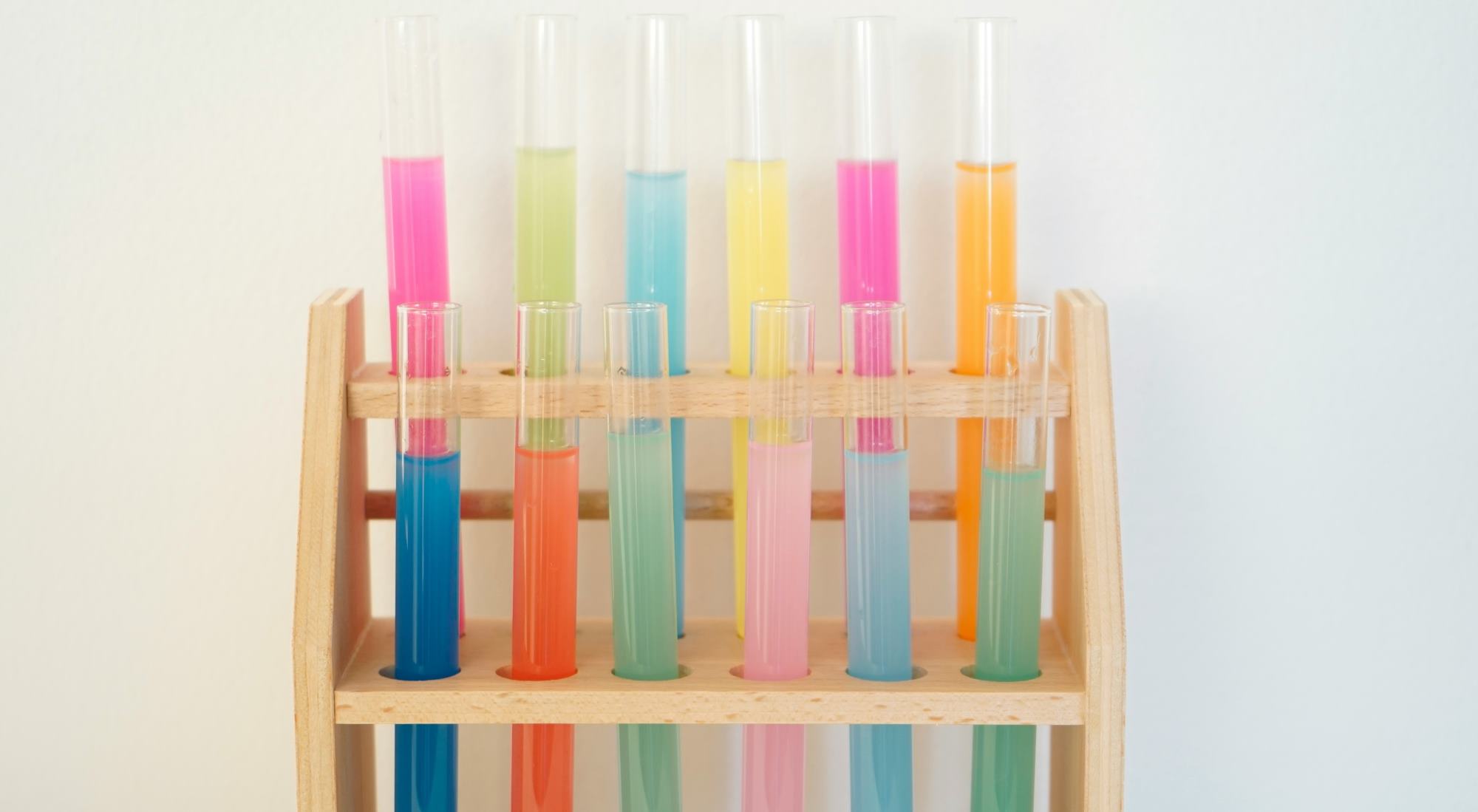What are INCIs?
The International Nomenclature of Cosmetic Ingredients (INCI), established in 1973, serves as a standardised system for identifying the ingredients in cosmetic products. Adopted in Europe since 1999, this nomenclature ensures that cosmetic products, regardless of their place of manufacture, adhere to the ingredient labelling standards set forth in Cosmetics Regulation 1223/2009. For further insights into the principles of the Cosmetics Regulation, you can explore our article on Cosmetics Regulations in Europe.
This harmonisation in identifying cosmetic ingredients not only ensures transparency for consumers but also aids safety assessors and local regulators in evaluating the unique profile of each ingredient and its suitability for use in cosmetic products.
While having an INCI name does not automatically guarantee an ingredient’s safety or compliance, it allows experts to clearly identify the substance and assess its toxicological profile. This profile is essential for all substances—natural or synthetic—each of which undergoes a systematic and thorough review based on available scientific literature and toxicological databases.
Understanding INCI dictionaries
Numerous applications and databases can help you understand the components of your cosmetic product. However, it’s crucial to prioritise independent sources that provide scientific information and are based on official regulatory texts. One such resource is the COSMILE database, which references the CosIng database maintained by the European Commission.
While the CosIng database is publicly accessible, it may be more challenging to navigate and comprehend.
Other databases promoting cosmetic products should be approached with caution, as they may emphasise a preference for natural ingredients over synthetic ones without scientific basis or proper safety assessments. In reality, there are no inherently “good” or “bad” ingredients.
Instead, ingredients are classified based on whether they can or cannot be used in cosmetic products, with or without restrictions. The safety and compliance of any ingredient depend on various factors that safety assessors carefully evaluate to ensure product safety.
How are INCIs determined?

The complexity of International Nomenclature of Cosmetic Ingredients (INCI) names can vary due to the nature of the ingredients themselves. Some ingredients have long, chemical-sounding names, while others are easier to understand. This is because several scientific committees and conventions (General, Specific, and Miscellaneous) work together to create clear and consumer-friendly denominations for ingredients, while still accurately reflecting their chemical composition.
According to General Conventions, INCIs are based on the chemical structure of the ingredient. If a substance consists of more than 80% of a single compound, it will have a simpler INCI name, but when composed of several compounds, more complex names, abbreviations, or name/number combinations may be used. Slashes can indicate mixtures of ingredients.
Specific Conventions categorise ingredients like botanicals, polymers, minerals, lipids, and colourants, while Miscellaneous Conventions handle anything not covered by the other two categories.
Why do some ingredients become banned?
Chemistry is constantly evolving, and so is the understanding of cosmetic ingredients. An ingredient may be widely used for years but then be re-evaluated due to new findings or an increase in undesirable effects associated with it. This doesn’t imply that cosmetic products are unsafe, but rather that new environmental or usage factors can alter the safety profile of an ingredient previously considered harmless.
For instance, parabens, once common preservatives in cosmetics, have faced scrutiny due to concerns over health risks, leading to consumer confusion and a shift towards alternative preservatives. However, these replacements are not always better. Parabens ensure products remain safe from spoilage, which is a requirement under the Cosmetics Regulation. You can explore more in our article on Stability Testing in Cosmetics.
The issue with parabens is that they represent a group of substances under the common label “paraben,” yet each one varies in composition and safety. Five parabens have been banned, but these are not the ones predominantly used by the cosmetics industry.
Four others are still deemed safe when their concentrations remain within specific limits. This distinction is often misunderstood by consumers, who might believe that anything restricted is harmful, when in fact, even essential elements like water can be hazardous in excessive amounts. Please review our article on Endocrine disruptors for further information.
Reading the INCI List of Ingredients on Your Cosmetics

Let’s break down a concrete example of an INCI list of ingredients to better understand what you’re putting on your skin.
Face serum:
AQUA, ROSA CANINA SEED OIL, GLYCERIN, SORBITAN OLIVATE, CETEARYL OLIVATE, CETYL PALMITATE, LONICERA CAPRIFOLIUM FLOWER EXTRACT, SAMBUCUS NIGRA WATER, SORBITAN PALMITATE, SODIUM HYALURONATE, CITRUS PARADISI PEEL OIL, BISABOLOL, TETRASODIUM GLUTAMATE DIACETATE, LONICERA JAPONICA FLOWER EXTRACT, CITRUS AURANTIUM FLOWER OIL, LIMONENE, LINALOOL
SOLVENTS: They dissolve other substances. They are generally found in cosmetic products and are usually in large quantities which is why you find them first in the Ingredients’ list.
SKIN CONDITIONING: Maintains the skin in good condition
– EMOLLIENT: Softens and smoothes the skin.
– ANTIMICROBIAL: Helps control the growth of microorganisms (e.g. bacteria and fungi).
FRAGRANCE: Enhances the smell of a product and/or perfumes the skin.
SURFACTANT – EMULSIFYING: Allows the formation of finely dispersed mixtures of oil and water (emulsions)
HUMECTANT: Holds and retains moisture in cosmetic products.
CHELATING: Binds metal ions which could negatively affect the stability and / or appearance of cosmetics
This combination of ingredients is what gives the product its appeal and usability: its fragrance, colour, skin compatibility, and preservation over time. At Taobé, we act as the Responsible Person for many cosmetic products, ensuring that they meet the highest standards. Every product undergoes a comprehensive review by our Safety Assessors, ensuring the raw materials adhere to all relevant purity criteria.
Better understanding the INCI list on your cosmetics can help you make informed choices and appreciate the expert work behind these products. We provide INCI registration, ensuring that your cosmetic ingredients comply with all regulatory standards. Follow us for more articles where we decode the complexities of the Cosmetics Regulation, offering insight into what it takes to create safe, sustainable, and effective cosmetic products. You can complete your reading with our article on Natural, organic, clean, vegan cosmetics: master the difference!
Author: Sophie Noiset, Quality Responsible and Operations Director
Disclaimer: This article serves to educate and simplify Cosmetic Regulation concepts for a broader audience. It is not a scientific paper. For professional guidance, feel free to contact us.



